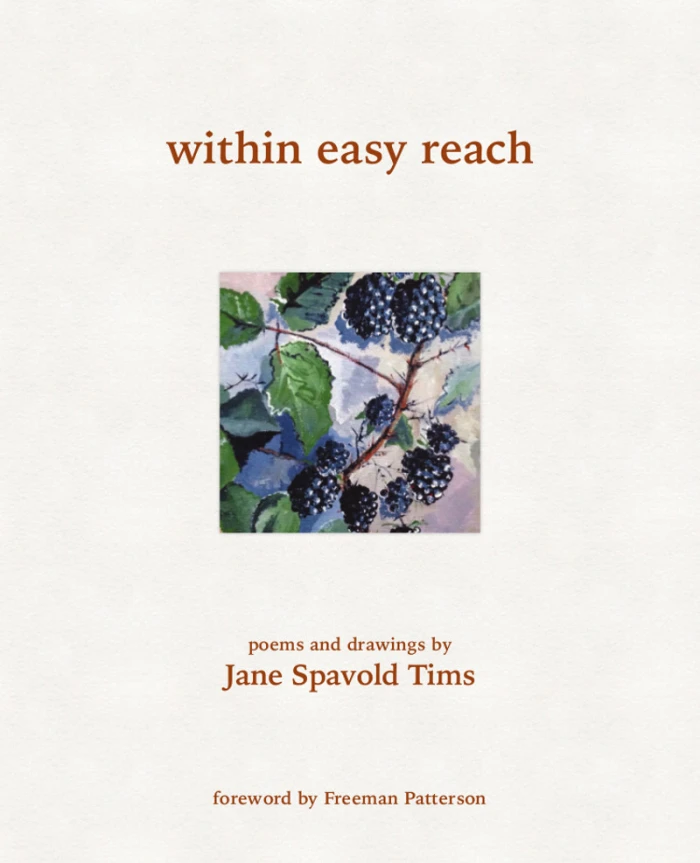harvesting colour – Meadowsweet
Last week, we finished installing the new gate at our cabin. To make our leveling easier, we had to cut some of the Meadowsweet (Filipendula ulmaria) growing in profusion along the road. And into the dye pot it went!
~
~
My botany skills are showing their age. When I learned my plants, we called Meadowsweet Spirea ulmaria. But times have changed and so has the name for the genus (it will take me a while to get used to Filipendula!). Other common names for Meadowsweet are Queen of the Meadow, Lady of the Meadow, Mead Wort, and Brideswort.
~
Meadowsweet is a fragrant plant. The scent of its flowers is reminiscent of roses – it belongs to the same family as the rose. But the stem has a faint smell of wintergreen or almonds.
~
Meadowsweet has a long history of use. The chemical in Aspirin was first discovered in its leaves and named from the old generic name Spirea. In past centuries, Meadowsweet was used as a ‘strewing herb’ to cover floors because its fragrance underfoot disguised less pleasant smells. The Druids considered it sacred, along with Watermint and Vervain. Across the internet, Meadowsweet is famed for being included as one of many ingredients in ‘save’, a medieval drink mentioned in Chaucer’s The Knight’s Tale. I have taken the time to read The Knight’s Tale and found the reference is not to Meadowsweet but Sage:
line 2713: ‘Fermacies of herbes, and eek save’ (middle English)
‘Medicines made of herbs, and also of sage’ (modern English translation) (see http://sites.fas.harvard.edu/~chaucer/teachslf/kt-par0.htm )
I will continue to look for an ingredient list for this mysterious drink.
~
The obsolete name for Meadowsweet (Mead Wort) is mentioned in Book II, Canto viii of Spenser’s Faerie Queen, referring to the making of Merlin’s sword:
‘The metall first he mixt with Medawart, That no enchauntment from his dint might saue;’ (see http://darkwing.uoregon.edu/~rbear/queene2.html#Cant.%20VIII. )
~
Boiling the chopped leaves and flowers in water for one hour gave me an amber dye.
~
~
Wool roving, treated with alum and simmered in the dye for an hour turned pale yellow-brown, almost apricot in some light.
~
~
~
Copyright 2014 Jane Tims























It’s a lovely, soft shade. Interesting tidbits about Meadowsweet. Makes me wonder if we have it here. I’ll be on the lookout for it.
LikeLike
Robin
September 2, 2014 at 12:29 pm
Hi Robin. I’m sure it would grow where you are. It likes wet meadows and stands about hip height. Let me know if you find any. Jane
LikeLike
jane tims
September 3, 2014 at 12:23 am
It’s amazing the way plants have so many uses, from dye to medicine. I love the amber color here – it makes me think of the autumn fast approaching…
LikeLike
Barbara Rodgers
September 1, 2014 at 11:43 am
Hi Barbara. I am looking forward to more fall colours … berries as they ripen! Jane
LikeLike
jane tims
September 1, 2014 at 3:32 pm